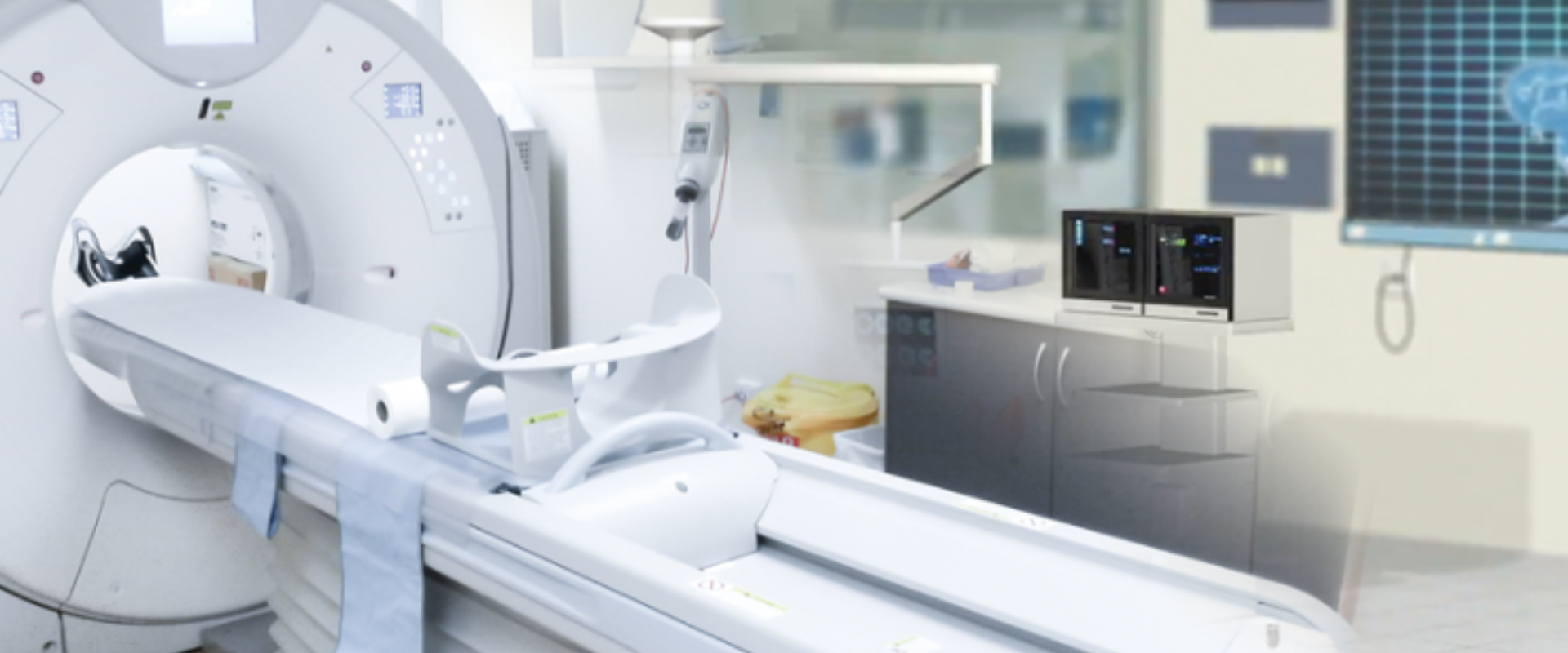
Since the second massive wave of COVID-19 hit India in early April, there is so much going on with lots of questions regarding use of CT scan in diagnosis and management of patients.
1.Computed tomography (CT) of the chest plays an important role in the diagnosis and management of coronavirus disease 2019 (COVID-19), but it should not be used indiscriminately in every patient.
2. It should be done only if the Doctor prescribes it seeing the clinical situation of patient.
3. It is not a useful tool in early days of disease as it often comes normal and gives false reassurance to patients.
4. It is usually advised in the progressive and peak stage of the disease (6-13 days) if your treating physician prescribes so.
5. It is useful in a small subset of COVID-19 suspects who test negative on (RT-PCR) with normal/indeterminate chest X-ray (CXR) but have moderate-to-severe respiratory symptoms and high index of clinical suspicion.
6. CT chest is not indicated in every RT-PCR–positive patient and should be done only in specific clinical scenarios, where it is expected to significantly contribute in the clinical management such as COVID-19 patients showing unexplained clinical deterioration.
7. It is also useful to exclude the clots in the lung vessels ( known as pulmonary thromboembolism) which needs a contrast CT scan.
8. CT chest is also indicated in COVID-19–positive patients with associated co-morbidities (age >65 yr, diabetes, hypertension, obesity, cardiovascular disease, chronic respiratory disease, immune-compromise, etc.) who, despite having mild symptoms and normal/indeterminate CXR, record oxygen saturation of < 93 per cent at rest while breathing room air or de-saturate on six-minute walk test.
9. It is very useful in diagnosing the disease with patients having the typical symptoms but negative RTPCR report who are deteriorating, presenting with shortness of breath etc. Such patients are in a state of denial that they have the disease as their RT PCR reports are negative and also many patients don’t get admissions due to false negative reports.
10. CT serves a very useful tool in such cases as it tells the condition of the lungs as well as helps in diagnosis of COVID and also rules out other diseases like Tuberculosis, Interstitial lung disease etc.
11. CT gives insight about the severity of the disease and a CT severity score is given to every patient which helps the clinician understanding whether the disease is mid, moderate or severe. Also it helps the clinician to start certain medications based on the involvement of lungs like steroids, blood thinners etc.
12. Some patients may look good and have normal O2 saturation but when investigated shows some changes in X-ray and when CT is done if prescribed shows significant lung involvement. Such patients gets benefitted as immediate appropriate treatment can be started in these patients.
13. It is far better than X-ray which underestimates the disease and cause delay in treatment.
14. In latest machines the dose of the radiations are very low as compared to old ones and if CT is advised one should not be hesitant about it.
15.Diseases like Tuberculoisis, Interstitial lung diseases, pulmonary edema etc gets neglected whenever there is acute surge in the COVID cases and these patients usually have to get the RT PCR test for COVID which comes out negative. In such cases when everyone suspects COVID to be the cause of symptoms like cough, fever etc CT scan can easily resolve the problem and is very useful for diagnosing the actual underlying problem.
16. Finally, CT chest plays a crucial role to rule out lung fibrosis in patients recovered from COVID-19 infection who present with breathlessness and hypoxia.
17. In conclusion, though CT chest is an indispensable diagnostic tool in COVID-19, it should be used judiciously and only when specifically indicated.
Pre Insurance Health Check Partner.
We are committed to improving people’s lives through personalized health care. When you refer your patient to us, we are pleased to assist you with the diagnosis, treatment and monitoring of your patients’ care